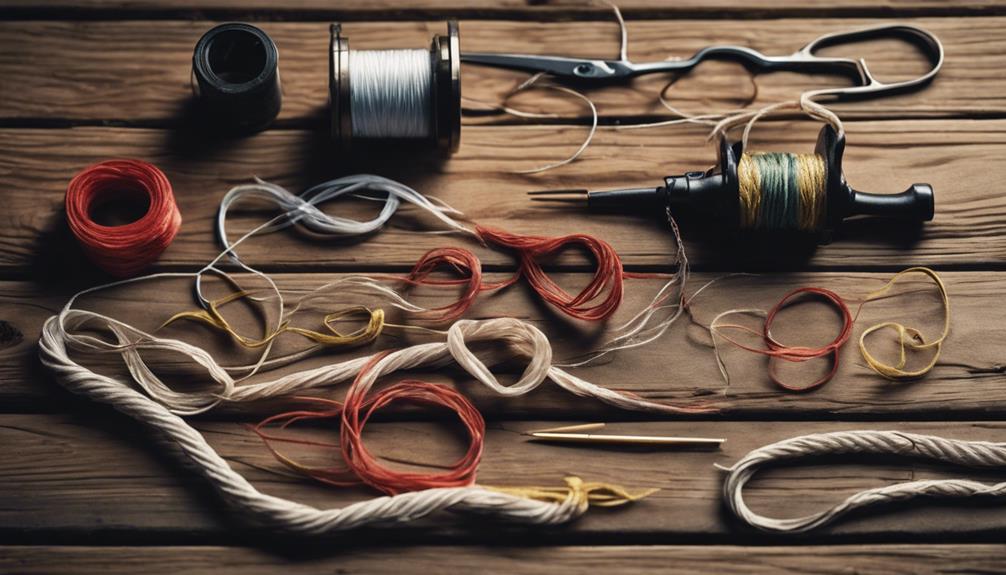When it comes to fly fishing, having the right gear is essential for both comfort and success. Among the most critical pieces of equipment are waders, which allow anglers to navigate rivers and streams without getting wet. In this blog post, we will explore the best waders for fly fishing, providing detailed insights into the different types, materials, and features to consider when making your purchase.
Understanding the Importance of Quality Waders for Fly Fishing
When engaging in fly fishing, the quality of your waders can significantly impact your experience. Not only do they keep you dry, but they also offer insulation against cold water temperatures, enhance mobility, and provide protection from sharp objects underwater. High-quality waders can make your fishing trips more enjoyable and productive, allowing you to focus on casting and catching fish instead of worrying about discomfort. Therefore, investing in the best waders for fly fishing is crucial for any serious angler.
Types of Waders: A Breakdown of Options
When searching for the best waders for fly fishing, you’ll encounter several types: chest waders, hip waders, and waist waders. Chest waders are the most popular choice among fly fishermen, as they offer maximum coverage and are suitable for deep water fishing. Hip waders are more appropriate for shallow waters and are generally lighter and easier to put on and take off. Waist waders, on the other hand, are designed for warm climates and provide less insulation, making them ideal for summer fishing. Understanding the different types of waders will help you choose the right pair based on your fishing environment.
Materials Matter: Choosing the Right Fabric
The material of your waders plays a significant role in their performance and comfort. Common materials include neoprene, breathable nylon, and rubber. Neoprene waders offer excellent insulation, making them perfect for cold water fishing, but they can be heavy and less breathable. Breathable nylon waders allow for excellent ventilation, keeping you comfortable during warmer months. Rubber waders are durable and waterproof, but they can be rigid and uncomfortable. When selecting the best waders for fly fishing, consider the climate and conditions you’ll be fishing in to choose the material that best suits your needs.
Key Features to Look For in Waders
When shopping for the best waders for fly fishing, there are several key features to consider. Look for reinforced knees, which provide extra durability and protection against wear and tear. Adjustable suspenders and waist belts are also essential for achieving a comfortable fit. Pockets are another important feature; having ample storage for flies, tools, and personal items can enhance your fishing experience. Additionally, consider waders with built-in gravel guards to keep debris out of your boots and provide extra protection against sharp objects in the water.
Popular Brands for Fly Fishing Waders
Several brands are known for producing high-quality waders for fly fishing. Some of the most reputable names include Simms, Orvis, Patagonia, and Redington. Simms is particularly well-regarded for its durable and high-performance waders, while Orvis is known for its comfort and innovative designs. Patagonia offers environmentally-friendly options, making it a popular choice among eco-conscious anglers. Redington provides excellent value for budget-conscious fishermen without sacrificing quality. Researching these brands can help you find the best waders for fly fishing that suit your needs and preferences.
Sizing and Fit: Ensuring Comfort and Functionality
Getting the right size and fit is crucial when selecting the best waders for fly fishing. Waders should fit snugly but not be overly tight, allowing for a full range of motion while casting and wading. It’s essential to consider the layering you’ll wear underneath, particularly in colder weather. Most manufacturers provide sizing charts, so be sure to consult these before making a purchase. Additionally, trying on waders in-store can help you gauge the fit and comfort, ensuring you make the right choice for your fishing adventures.
Maintenance Tips for Longevity of Your Waders
To get the most out of your investment in the best waders for fly fishing, proper maintenance is essential. After each use, rinse your waders with fresh water to remove any dirt, sand, or chemicals that may cause damage. Allow them to dry completely before storing them to prevent mold and mildew growth. Regularly inspect your waders for any signs of wear or damage, and repair any leaks promptly. Following these maintenance tips will help extend the life of your waders and keep them performing at their best.
Conclusion: Making the Right Choice for Your Fishing Needs
Choosing the best waders for fly fishing involves considering various factors, including type, material, features, brand, sizing, and maintenance. By understanding your specific fishing needs and preferences, you can make an informed decision that enhances your overall experience on the water. Whether you’re a seasoned angler or just starting, investing in high-quality waders will significantly contribute to your fishing success and enjoyment. So gear up, hit the water, and enjoy the thrill of fly fishing with the perfect pair of waders!
—
This blog post aims to provide valuable information about the best waders for fly fishing while adhering to SEO best practices. By incorporating relevant keywords and maintaining readability, it serves as a helpful resource for anglers seeking the perfect waders for their fishing adventures.
